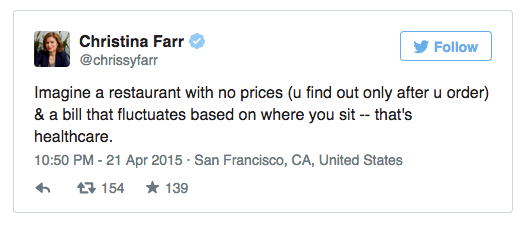Overwhelming. Unstoppable. Enveloping.
Direct Care is taking the nation by storm, but unlike a tsunami, it’s not of the destructive variety. Rather than water, the country is being steadily blanketed with a refreshing alternative to traditional family medicine. As it slowly (but oh, so surely) spreads from town to town, city to city, more and more people realize how much they truly benefit from the patient-centric healthcare model.
Docs are getting excited, too. Every time they hear from a happy patient they wonder why it took them so long to transition in the first place. But even better, all the great feedback they’re hearing just validates they’ve done the right thing – not only for their patients but for themselves as well. Their quality of life skyrockets and their passion for medicine reignites. Once they’ve transitioned, it’s hard to look back at their old lives and remember how negatively they felt way back when.
Dr. Catherine Krouse has gone Direct Care precisely because of the difficulty of that old life. “You just end up getting drained and drained and drained. And then when your cup is completely empty, then you just get guarded and angry. And then you put up walls, and that really creates barriers.” Read her full story here and learn about the newest Direct Care practice in Falmouth, Maine called Lotus Family Practice.
So as this #slowtsunami continues to commence with many more stories just like Catherine’s, the Direct Care community expands with confidence and the staying power to make patients and physicians happy for the long haul.


